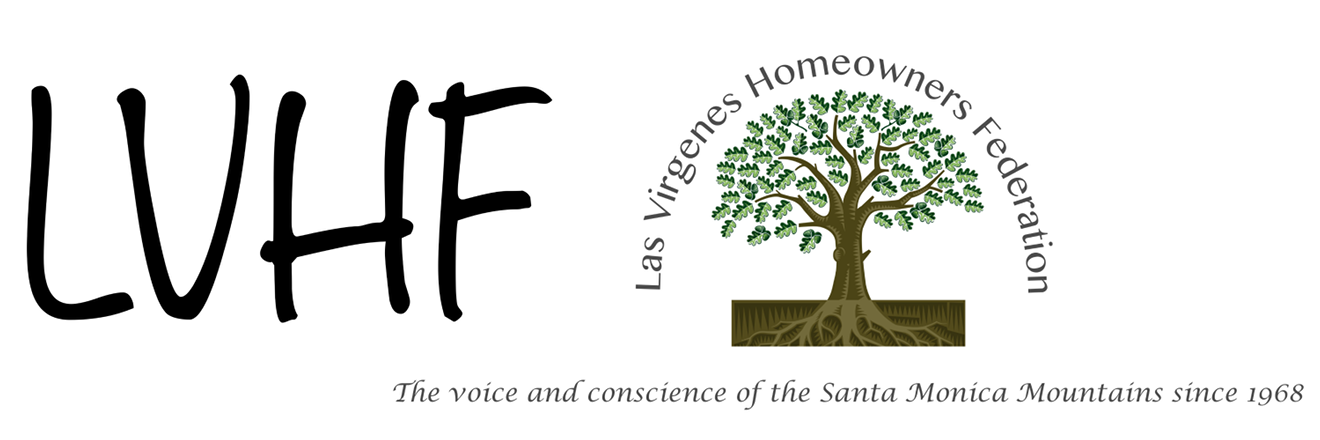From the California Chaparral Institute….
The California Board of Forestry and Fire Protection released a proposal to target about 34 million acres (1/3rd of the entire state) to be burned, chewed-up, or sprayed with herbicides. This increases its habitat clearance program five times over current levels.
If approved, the proposal will exempt individual clearance projects from the citizen and independent scientific oversight that is currently required under the California Environmental Quality Act (CEQA).
We urge to you to please:
– take a look at the proposal’s executive summary
– review our points below
– and send an email to the Board by February 25th explaining to them that removing more habitat is not the best way to protect communities from wildland fire hazards
Please email your comments to: VegetationTreatment@fire.ca.gov and copy the California Chaparral Institute at: California_Chaparral_Institute@mail.vresp.com
To download the executive summary, view an outline describing how the proposal is organized, or to download the entire document, please go here: Vegetation Treatment Program Document.
Here is the Chaparral Institute’s comments to the PEIR. 2013 VTPEIR CCI comments
Some points to consider in your comments:
1. Request the Board of Forestry to retract the Vegetation Treatment Program Programmatic EIR (Environmental Impact Report) and create a program that will properly consider the entire fire environment, reflect regional differences, allow for independent oversight, and incorporate the most up to date science.
2. The Wrong Focus. This program focuses entirely on clearing vegetation, despite extensive scientific research that clearly indicates the best way to protect lives, property, and the natural environment from wildfire is by addressing the entire fire environment: ignitability of structures, community and regional planning, and science-based vegetation management within and directly around communities at risk. Leave the natural landscape alone! Concentrate where the actual risks are: in and around communities.
Additional details here: Protecting Your Home
3. Inadequate Alternatives. By law this document is required to offer reasonable alternatives to the proposed program. The only differences between the alternatives offered are different mixes of methods to clear vegetation. There is no alternative that looks at the entire fire environment (see #2 above).
4. Impossible to Determine Impacts. The Vegetation Treatment Program is so generalized that it is impossible to determine its environmental impacts on wildlife, plant communities, water and air quality, visual and aesthetic resources, recreation, soils, and invasive weed spread. There are no maps showing the location of clearance projects, only estimated number of acres per region.
5. Taking Away Citizen Rights. All projects within the scope of this Program will only be evaluated by a yet-to-be formulated checklist. They will not be reviewed through the California Environmental Quality Act (CEQA) as they normally are now. This will prevent citizens and independent scientists from challenging a project under CEQA that they feel is environmentally damaging. Citizens have the right to have individual projects thoroughly evaluated under CEQA.
6. Underlying Bias. This proposal is based on the questionable, overly-broad assumption that past fire suppression efforts have allowed a buildup of unnatural amounts of vegetation across the landscape, thus creating a fire hazard. While it may be true that some forests have been negatively impacted by fire suppression, this is not true for many other ecosystems, especially the chaparral. The proposal takes a simplistic, forest-centric approach that attempts to make fire issues out as broadly similar across the region, when in fact they are very different.
Additional details here: Fire and Science
7. Ignored Contrary Views. By law this document is supposed to make an honest effort to review points of disagreement among experts. It failed to do so in areas such as the effectiveness of vegetation treatments, prescribed burns, and impact of fire severity in forests.
8. Cumulative Impacts Dismissed. The document only considers clearance programs conducted by other agencies and timber harvest activities in determining cumulative impacts. It does not include the impact of increased fire frequency on ecosystems, such as chaparral, already impacted by such a trend. Such an approach precludes a proper analysis of cumulative effects.
Thanks for speaking for the chaparral!

